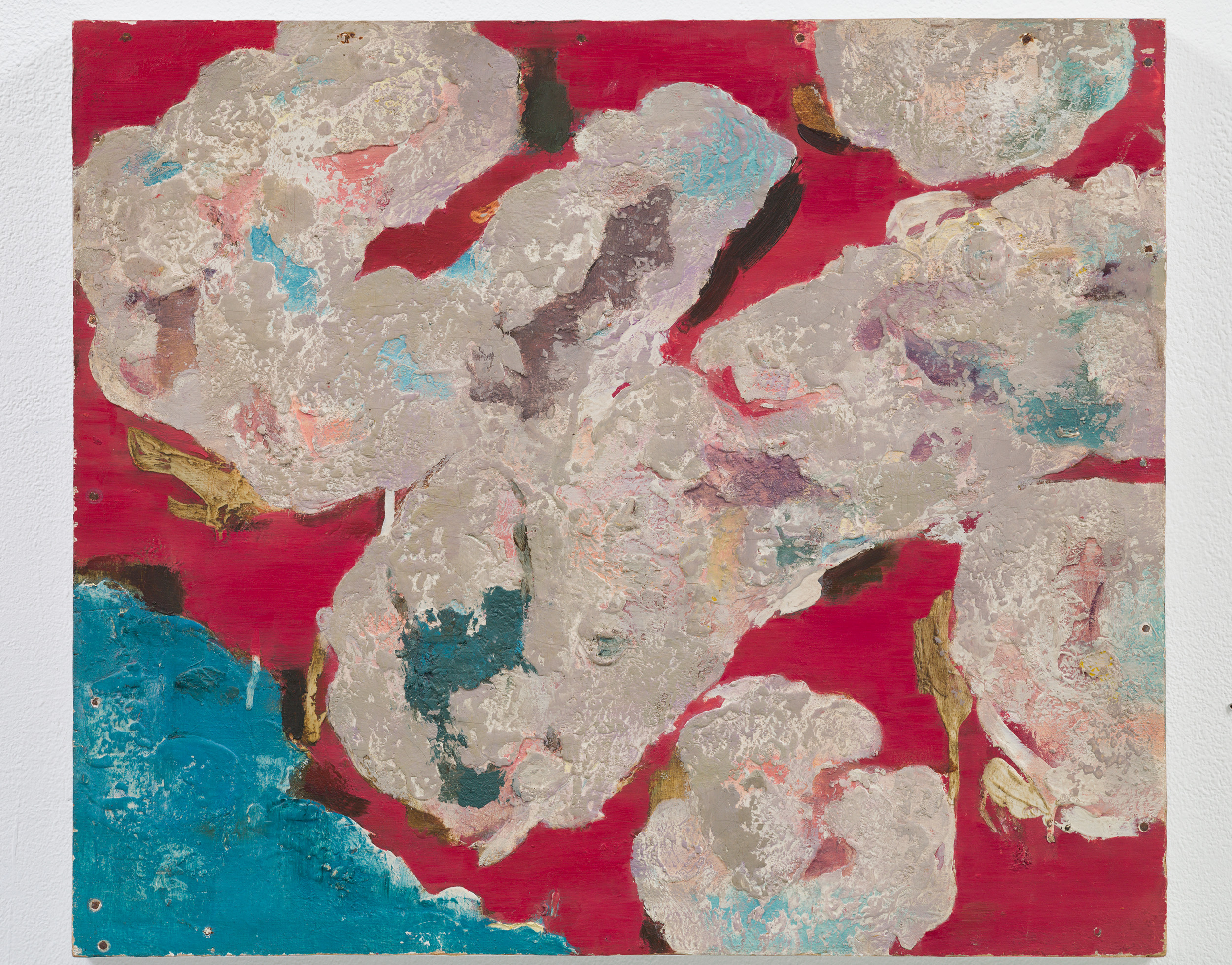
Yoshishige Saito
1904–2001
ART WEEK TOKYO | NOVEMBER 2–5, 2023
SECTION 07
In the 1930s artists such as Ryuzaburo Umehara and Sotaro Yasui took it upon themselves to establish a nativist “Japanese oil painting.” There was no doubt an element of machismo behind their desire to represent Japan and its tremendous advances to the world. But their works were as figurative as they come—mainly portraits and landscapes.
In the wake of World War II artists were torn between either pursuing a quintessentially Japanese mode of expression or making art from a broader, world perspective. Seiji Chokai, for example, attempted to integrate Japanese oil painting with abstraction through the motif of the field (cat. no. 37). Perhaps owing to their distinctive palette reflecting the climate and terrain of Japan, his works never really achieved international recognition during his lifetime, although it now seems possible to reevaluate them as important contributions to the history of oil painting in Asia.
One artist who certainly had the world in his sights was Yoshishige Saito (cat. no. 38). Saito started out making Constructivist works in the 1930s. After the war he briefly turned to painting in an Art Informel style before arriving at his practice of the 1950s replacing canvas with plywood and the brush with an electric drill. In the 1960s Saito started teaching at Tama Art University in Tokyo, where he laid the ground for a generational shift in art from image making to making sites for contemplating the relationship between actions and things (mono). That shift, of course, led to Mono-ha, the cohort of young artists who used natural materials like stones and earth to investigate how things inform our perceptions.